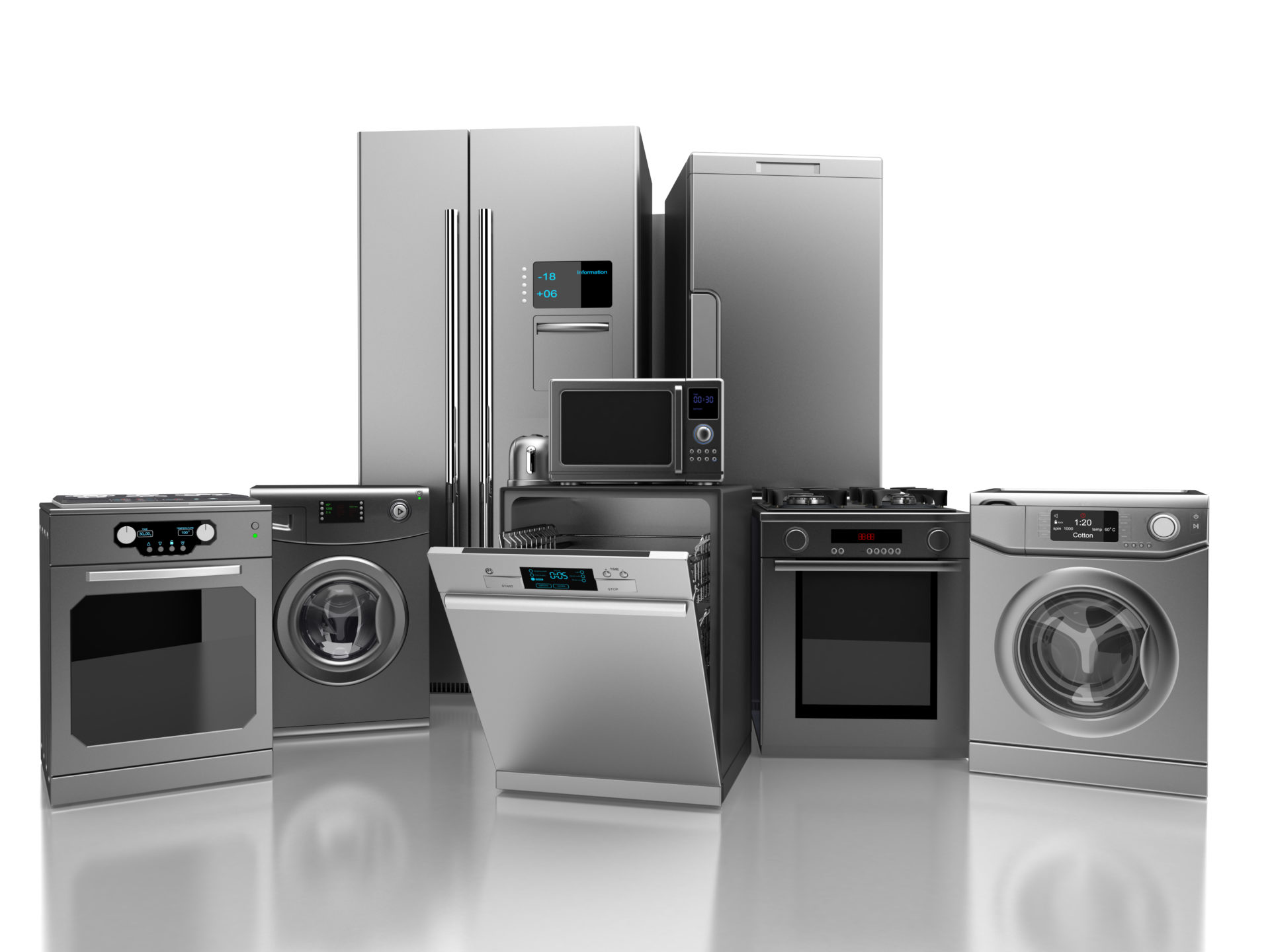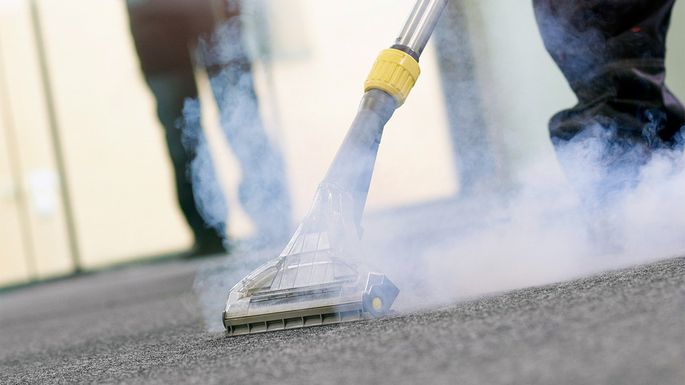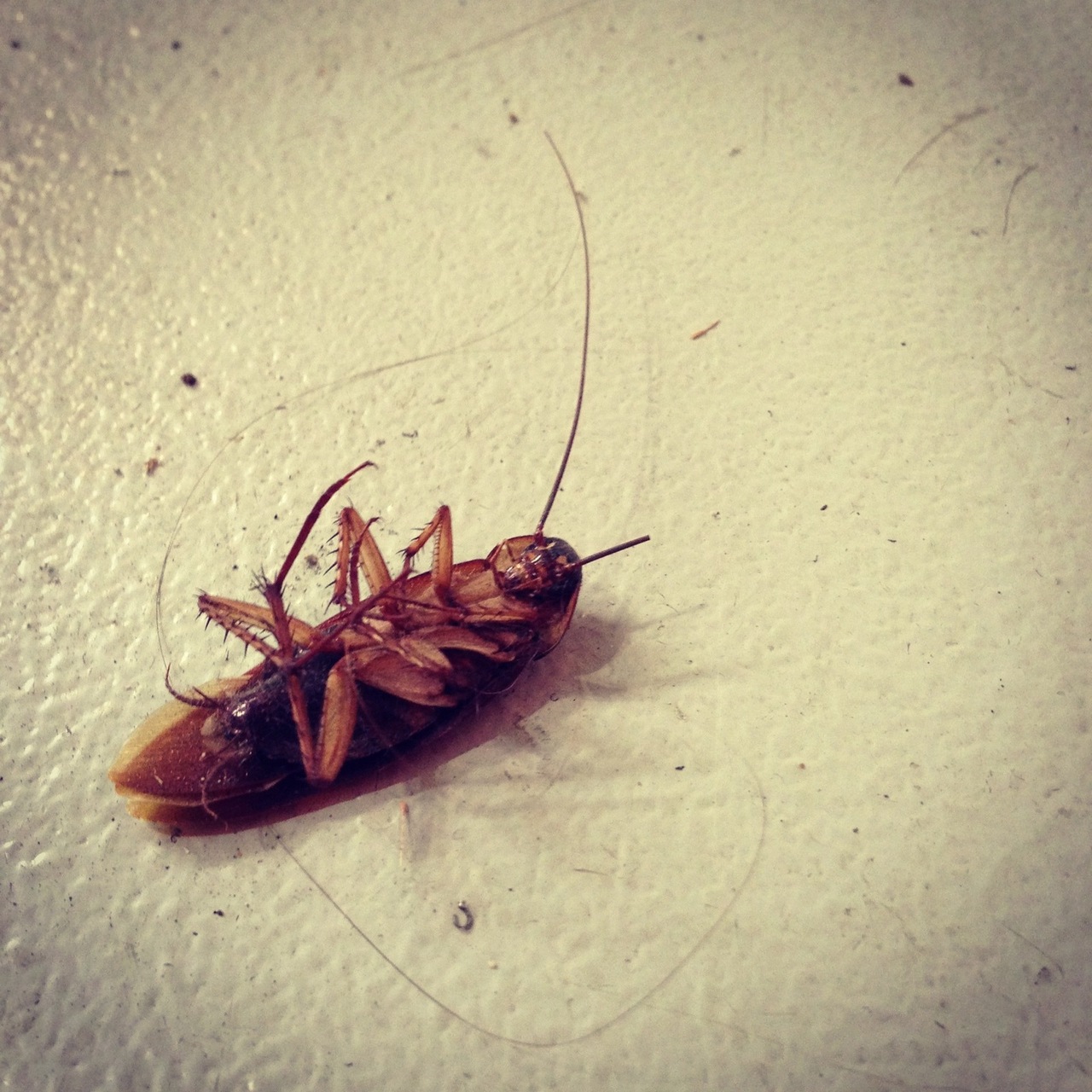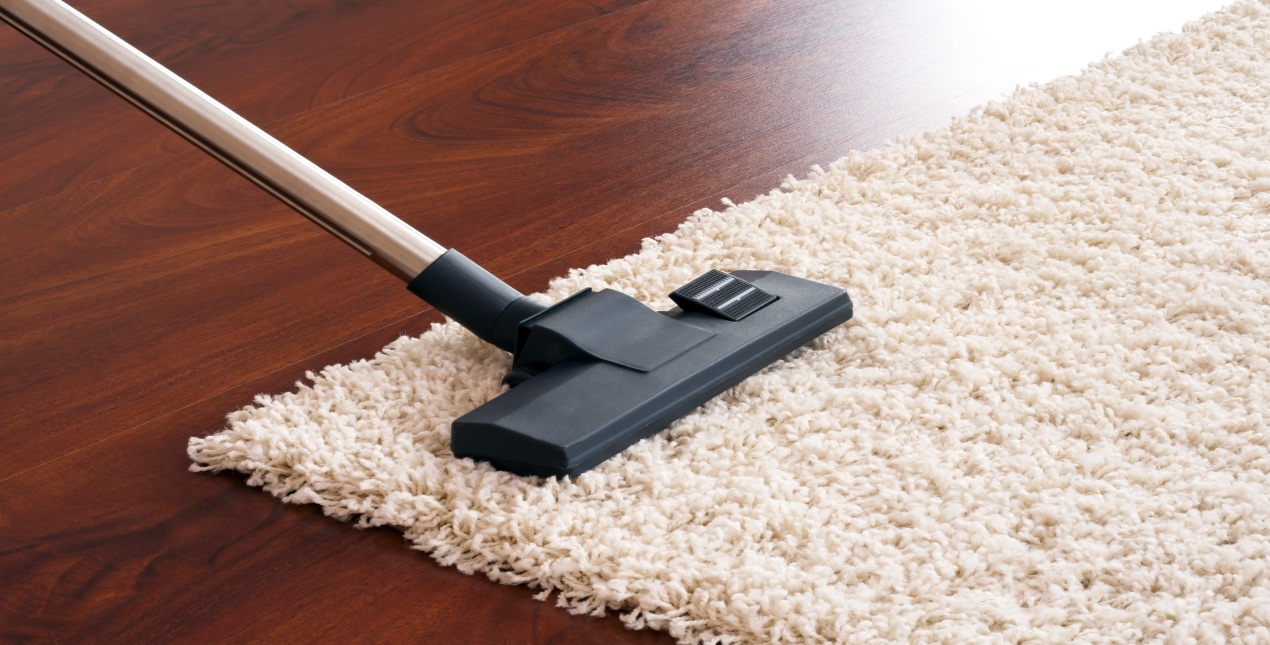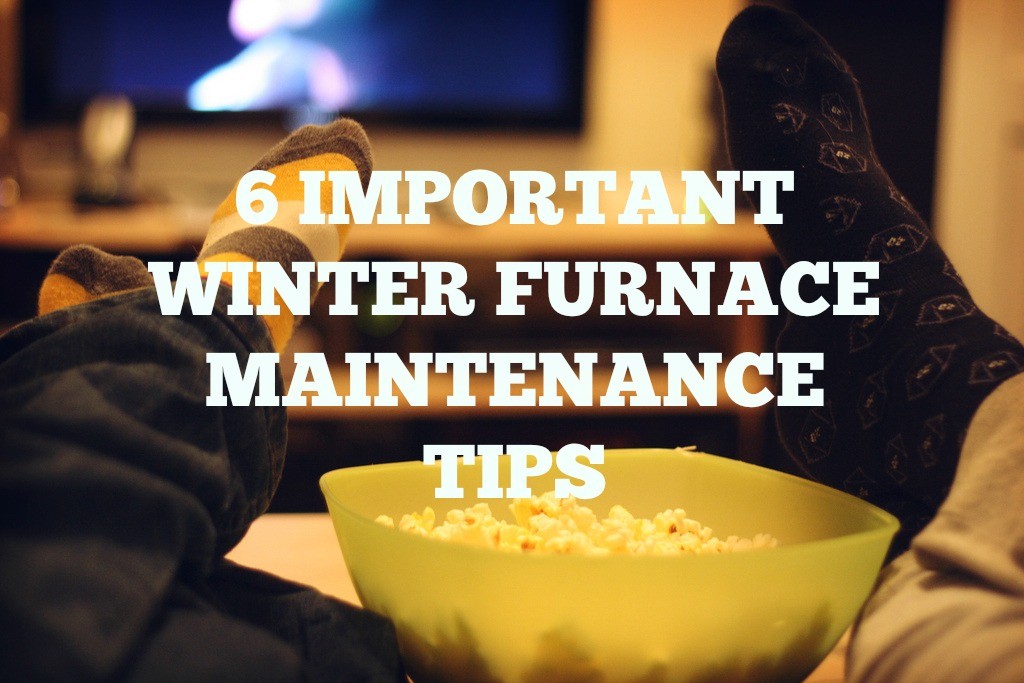
Having your furnace die on the coldest day in January is nothing short of horrendous. When the temperatures get below freezing, your furnace works hard to keep your home warm and cozy. But, if you haven’t treated it right and done regular maintenance, it may just quit its important job and leave your shivering in your fleece socks. Preventative winter furnace maintenance will only cost you a few dollars, whereas an emergency winter repair call or the cost of a new furnace will cost you hundreds or even thousands of dollars. Here are some tips for winter furnace maintenance. You may want to do these in the fall, before you even need your furnace, for best results.
Vacuum the burners
Turn the power off on your furnace and open the chamber door and blower door. You’ll want to do a thorough vacuum of the inside of your furnace, using a flashlight to ensure you get all of it. If you see soot, which is a fine black dust, you may have problem with your furnace, which could indicate poor combustion. Calling in a service technician might be your best bet at this point.
Vacuum the blower blades
Using a small brush, you can remove the blower, lift it out of the furnace and clean it gently. Use your vacuum to get any dust you’ve brushed off, and clean it thoroughly, careful not to disturb the wiring or fan blades.
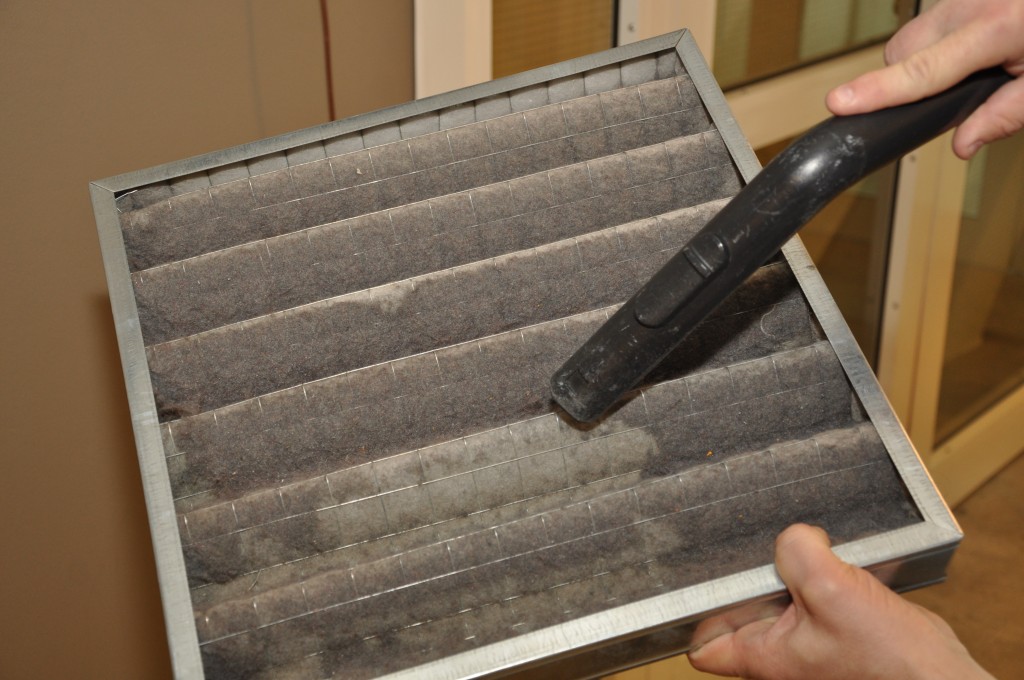
Change your filter
One of the biggest problems with furnaces is that people don’t change the filter. This causes the furnace to run inefficiently and send dust and particles into the air every time your furnace is turned on. Replacing your furnace filter every one to three months is important and will depend on a few factors:
- Do you have pets (and thus lots of pet hair)?
- Do you smoke?
- Do you have a dusty home?
- How often are the windows open?
- How often does the furnace run?
“Check your filter after the first month to see what has accumulated and make a game-time decision if you need to change your filter.” comments Steve Gadsby, owner and HVAC technician at Canada Furnace Calgary. “Some experts recommend that cheaper, fibreglass filters are actually better for your furnace than high-efficiency filters. The more expensive filters actually restrict airflow, which can strain your blower motor and render your furnace less efficient.”
While the high-efficiency filters may make the air cleaner, they aren’t good for your furnace or your utility bills. For cleaner air, some experts recommend a separate air cleaning system.
Clean the pilot
Dust accumulates everywhere, in even the tightest nooks. Blow the dust off the pilot or hot surface igniter using a drinking straw. This is important because a dirty pilot can cause a false reading on the flame sensor, telling you the pilot isn’t lit, when it is.
Inspect your furnace
As with any important appliance in your home, you should inspect it regularly for cracks or damage. The belts often get cracked and they are very cheap to replace. You’ll also want to look for leaks in the air ducts and seal them with metal tape. The exhaust vent pipes are also important and you’ll want to look for white powdery residue, which could indicate a problem and that you’ll need to contact a furnace specialist to have a look before it gets cold.
Adjust the dampers
Most new and efficient homes use the same ducts for heating as for air conditioning. The ducts are usually equipped with dampers that you can switch depending on the season for the best air flow. The winter setting will send more warm air downstairs and the summer setting will send cold air upstairs.
Doing your due diligence and taking care of your furnace will pay off in the long run and you can sleep easy knowing your family will stay warm all winter long.

Claire Derrick is a home blogger who loves to share her experiences with others. She likes being motivated and encourages people to be the best they can be.

